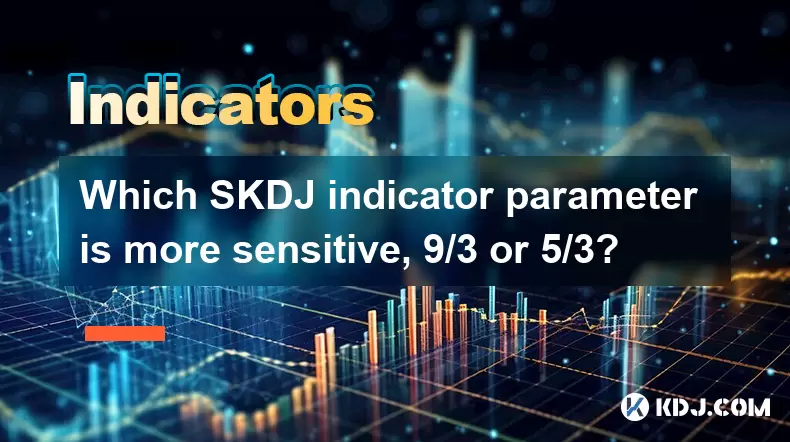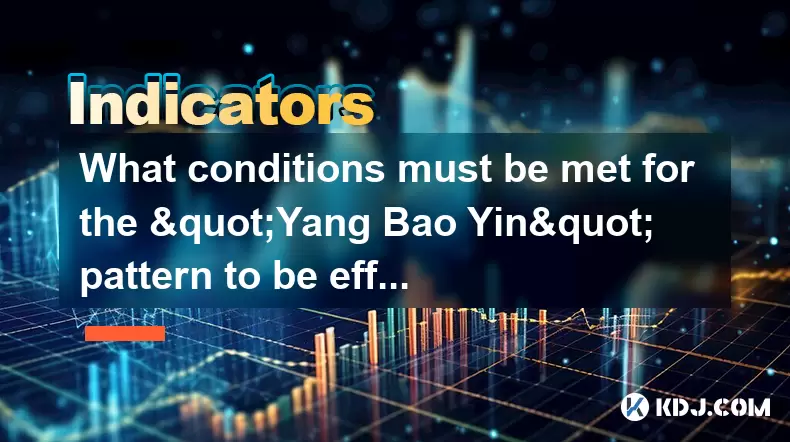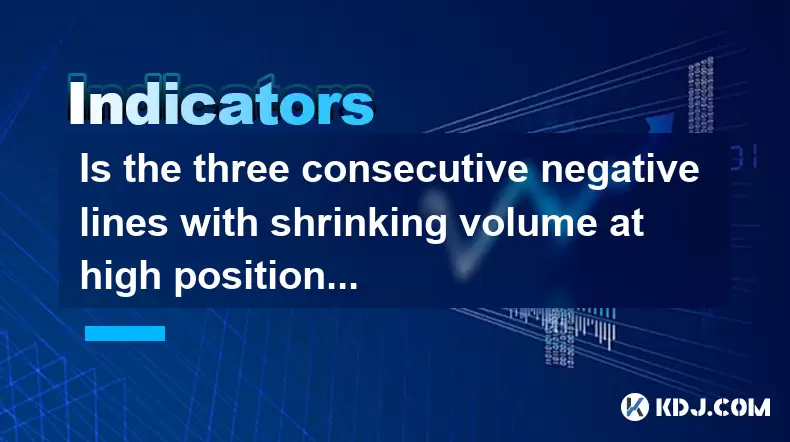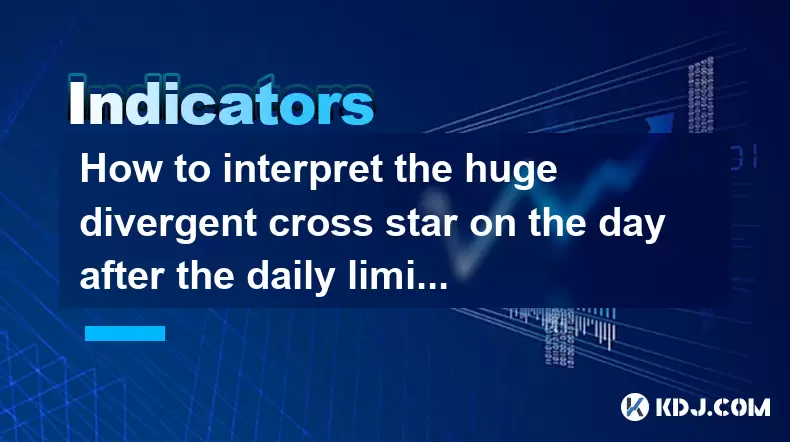-
 Bitcoin
Bitcoin $105,347.8711
0.96% -
 Ethereum
Ethereum $2,550.5078
1.39% -
 Tether USDt
Tether USDt $1.0004
-0.02% -
 XRP
XRP $2.1582
1.72% -
 BNB
BNB $651.7235
0.44% -
 Solana
Solana $146.5846
1.78% -
 USDC
USDC $0.9999
0.01% -
 Dogecoin
Dogecoin $0.1777
2.68% -
 TRON
TRON $0.2709
-0.51% -
 Cardano
Cardano $0.6373
0.79% -
 Hyperliquid
Hyperliquid $42.2043
6.47% -
 Sui
Sui $3.0476
1.60% -
 Chainlink
Chainlink $13.2702
0.27% -
 Bitcoin Cash
Bitcoin Cash $435.5686
7.57% -
 UNUS SED LEO
UNUS SED LEO $9.0412
1.45% -
 Avalanche
Avalanche $19.3181
1.40% -
 Stellar
Stellar $0.2603
1.22% -
 Toncoin
Toncoin $3.0233
2.01% -
 Shiba Inu
Shiba Inu $0.0...01213
3.46% -
 Hedera
Hedera $0.1588
2.17% -
 Litecoin
Litecoin $86.2495
3.74% -
 Polkadot
Polkadot $3.8196
0.90% -
 Ethena USDe
Ethena USDe $1.0006
0.01% -
 Monero
Monero $311.4040
0.67% -
 Dai
Dai $0.9999
0.01% -
 Bitget Token
Bitget Token $4.5613
1.06% -
 Pepe
Pepe $0.0...01117
4.95% -
 Uniswap
Uniswap $7.4671
4.11% -
 Pi
Pi $0.5866
4.86% -
 Aave
Aave $286.3474
5.97%
Which SKDJ indicator parameter is more sensitive, 9/3 or 5/3?
The SKDJ indicator, using parameters like 9/3 or 5/3, helps traders identify momentum shifts in crypto markets by tracking overbought and oversold levels through its K, D, and J lines.
Jun 13, 2025 at 09:36 pm

Understanding the SKDJ Indicator
The Stochastic KDJ (SKDJ) indicator is a momentum oscillator widely used in cryptocurrency trading to identify overbought and oversold conditions. It combines elements of the Stochastic oscillator and the J value, offering traders a multi-dimensional view of price momentum. The SKDJ typically consists of three lines: the fast stochastic line (K), the slow stochastic line (D), and the J line, which is derived from K and D.
In cryptocurrency markets, where volatility can be extreme, selecting the correct SKDJ parameters becomes crucial for timely entry and exit signals. Two commonly used parameter sets are 9/3 and 5/3. Each configuration has its own sensitivity and signal generation frequency.
Breaking Down the SKDJ Parameters
The SKDJ indicator requires two main inputs:
- First number: Refers to the lookback period for calculating the %K line.
- Second number: Represents the smoothing period for the %D line.
When using 9/3, it means that the indicator calculates the %K line over 9 periods and then smooths it with a 3-period moving average to form the %D line. Conversely, 5/3 uses a shorter window of 5 periods for %K and still applies a 3-period smoothing for %D.
A shorter lookback period like 5 makes the %K line more responsive to recent price changes. This increased responsiveness translates into quicker signal generation. On the other hand, 9/3 provides slightly delayed but potentially more reliable signals due to the longer calculation window.
Comparing Sensitivity Between 9/3 and 5/3
Sensitivity in technical indicators refers to how quickly they react to price changes. In this context, 5/3 is inherently more sensitive than 9/3 because it uses fewer data points in its calculation. As a result, the SKDJ(5/3) line will cross above or below the signal line more frequently, especially during sharp price movements.
For example, in a fast-moving altcoin market, 5/3 may produce earlier buy/sell signals compared to 9/3. However, this heightened sensitivity also increases the risk of false signals or whipsaws, particularly in choppy or sideways price action.
Traders who prefer quick reactions to market shifts may favor 5/3, while those seeking smoother and less noisy signals might stick with 9/3. Ultimately, the choice depends on your trading style, time frame, and tolerance for false alerts.
How to Set Up SKDJ with 9/3 or 5/3 in Trading Platforms
To apply the SKDJ indicator with either 9/3 or 5/3 settings on platforms like Binance, TradingView, or KuCoin, follow these steps:
- Open your preferred trading chart platform.
- Navigate to the "Indicators" or "Studies" section.
- Search for "SKDJ" or "Stochastic KDJ".
- Click on the settings icon next to the indicator name.
- Locate the input fields for the parameters.
- Enter 9 and 3 for the first configuration.
- Duplicate the indicator and change the values to 5 and 3 for comparison.
- Adjust colors and line thicknesses if needed for clarity.
Once both versions are plotted, you can visually compare their crossovers and divergence patterns against price action. Some platforms allow saving custom templates, making it easier to apply the same setup across multiple charts.
Interpreting Signals from SKDJ(9/3) vs SKDJ(5/3)
Both versions of the SKDJ generate similar types of signals, including:
- Crossover signals: When the SKDJ line crosses above or below the signal line.
- Overbought/oversold levels: Typically above 80 and below 20.
- Divergence patterns: Price moves opposite to the indicator trend.
However, the SKDJ(5/3) tends to reach overbought or oversold territory more frequently than SKDJ(9/3). This behavior can be advantageous in highly volatile crypto pairs but may lead to premature exits or entries if not filtered properly.
For instance, during a strong bullish run in ETH/USDT, the 5/3 version may flash overbought warnings early, while the 9/3 remains within a neutral zone. Traders should use additional tools such as volume analysis or support/resistance levels to confirm these signals before acting.
Customizing SKDJ Settings Based on Time Frame
Time frame plays a critical role in determining the effectiveness of SKDJ parameters. Short-term traders, such as scalpers and day traders, often benefit from more sensitive settings like 5/3. These allow them to catch quick swings in intraday crypto charts.
Conversely, swing traders or those monitoring daily or weekly charts may find 9/3 more suitable. A longer lookback period filters out noise and focuses on broader trends.
It’s also possible to combine both versions on the same chart. For example:
- Use SKDJ(5/3) for short-term trade entries.
- Overlay SKDJ(9/3) to gauge the overall momentum direction.
This dual approach helps avoid conflicting decisions and aligns trades with both immediate and intermediate trends.
Frequently Asked Questions
Q1: Can I use SKDJ(5/3) for long-term cryptocurrency investments?
While technically possible, SKDJ(5/3) generates frequent signals that may not be ideal for long-term investors. Its high sensitivity could lead to unnecessary trading actions. Long-term holders may benefit more from smoother indicators like moving averages.
Q2: Is there a way to reduce false signals when using SKDJ(5/3)?
Yes, combining SKDJ(5/3) with other confirmation tools such as volume indicators, moving averages, or price pattern recognition can help filter out misleading signals. Setting stricter thresholds (e.g., requiring multiple crossovers) also improves reliability.
Q3: Does SKDJ work well with all cryptocurrency pairs?
SKDJ performs best in trending or range-bound markets. It may struggle in extremely volatile or erratic conditions unless paired with volatility filters like Bollinger Bands or ATR. Not all crypto pairs behave similarly, so testing across different assets is recommended.
Q4: Are there alternative indicators that offer similar insights to SKDJ?
Yes, alternatives include the Relative Strength Index (RSI), MACD, and Standard Stochastic Oscillator. Each has unique strengths. For example, RSI excels at identifying overbought/oversold levels, while MACD offers trend-following capabilities.
Disclaimer:info@kdj.com
The information provided is not trading advice. kdj.com does not assume any responsibility for any investments made based on the information provided in this article. Cryptocurrencies are highly volatile and it is highly recommended that you invest with caution after thorough research!
If you believe that the content used on this website infringes your copyright, please contact us immediately (info@kdj.com) and we will delete it promptly.
- Uniswap’s UNI Price Gains Traction
- 2025-06-14 15:40:12
- CoinShares Has Officially Registered a Solana ETF in Delaware Today
- 2025-06-14 15:40:12
- Pump.fun has once again offloaded a significant tranche of SOL
- 2025-06-14 15:35:12
- Midnight Protocol Aims to Transform Cardano: Charles Hoskinson reveals plans to connect Cardano, Bitcoin, and other chains via secure, cross-chain DeFi.
- 2025-06-14 15:35:12
- BitMart Exchange Lists NPCS AI (XNPCS) Tokenizing Next-Generation Analytics on the Solana Blockchain
- 2025-06-14 15:30:12
- Should Apple Buy Bitcoin? Michael Saylor Thinks So
- 2025-06-14 15:30:12
Related knowledge

How to calculate the probability of trend continuation after the MACD column divergence?
Jun 14,2025 at 08:01am
Understanding MACD Column DivergenceThe Moving Average Convergence Divergence (MACD) is a widely used technical indicator in cryptocurrency trading. The MACD column, also known as the histogram, represents the difference between the MACD line and the signal line. When price makes a new high or low but the MACD histogram does not confirm this movement, a...

What are the volume requirements for adjusting the K line in the "rising three methods" pattern?
Jun 14,2025 at 07:50am
Understanding the 'Rising Three Methods' Pattern in Cryptocurrency TradingThe 'rising three methods' pattern is a bullish continuation candlestick formation that traders often use to identify potential upward momentum in cryptocurrency price charts. This pattern typically appears during an uptrend and suggests that the trend is likely to continue after ...

What conditions must be met for the "Yang Bao Yin" pattern to be effective?
Jun 14,2025 at 06:42am
Understanding the 'Yang Bao Yin' Pattern in Cryptocurrency TradingThe Yang Bao Yin pattern is a candlestick formation commonly observed in technical analysis within the cryptocurrency market. This pattern typically signals a potential bullish reversal after a downtrend. However, for this pattern to be effective and reliable, certain conditions must be m...

Is the three consecutive negative lines with shrinking volume at high positions a signal that the main force has finished shipping?
Jun 14,2025 at 09:56am
Understanding the Concept of Three Consecutive Negative LinesIn cryptocurrency trading, three consecutive negative lines refer to a situation where an asset's price chart shows three successive candlesticks with closing prices lower than their opening prices. This pattern typically indicates bearish sentiment in the market. When this occurs at high posi...

Is it an opportunity for the long positive line with large volume to break through the platform and then shrink back?
Jun 14,2025 at 04:42am
Understanding the Long Positive Line with Large VolumeIn technical analysis, a long positive line refers to a candlestick pattern where the closing price is significantly higher than the opening price, often indicating strong buying pressure. When this occurs alongside large volume, it suggests that market participants are actively involved in pushing t...

How to interpret the huge divergent cross star on the day after the daily limit?
Jun 14,2025 at 02:35pm
Understanding the Divergent Cross Star PatternIn the realm of technical analysis within cryptocurrency trading, candlestick patterns are essential tools for predicting price movements. One such pattern is the divergent cross star, which appears as a doji or near-doji candle following a significant price move. When this pattern occurs the day after a dai...

How to calculate the probability of trend continuation after the MACD column divergence?
Jun 14,2025 at 08:01am
Understanding MACD Column DivergenceThe Moving Average Convergence Divergence (MACD) is a widely used technical indicator in cryptocurrency trading. The MACD column, also known as the histogram, represents the difference between the MACD line and the signal line. When price makes a new high or low but the MACD histogram does not confirm this movement, a...

What are the volume requirements for adjusting the K line in the "rising three methods" pattern?
Jun 14,2025 at 07:50am
Understanding the 'Rising Three Methods' Pattern in Cryptocurrency TradingThe 'rising three methods' pattern is a bullish continuation candlestick formation that traders often use to identify potential upward momentum in cryptocurrency price charts. This pattern typically appears during an uptrend and suggests that the trend is likely to continue after ...

What conditions must be met for the "Yang Bao Yin" pattern to be effective?
Jun 14,2025 at 06:42am
Understanding the 'Yang Bao Yin' Pattern in Cryptocurrency TradingThe Yang Bao Yin pattern is a candlestick formation commonly observed in technical analysis within the cryptocurrency market. This pattern typically signals a potential bullish reversal after a downtrend. However, for this pattern to be effective and reliable, certain conditions must be m...

Is the three consecutive negative lines with shrinking volume at high positions a signal that the main force has finished shipping?
Jun 14,2025 at 09:56am
Understanding the Concept of Three Consecutive Negative LinesIn cryptocurrency trading, three consecutive negative lines refer to a situation where an asset's price chart shows three successive candlesticks with closing prices lower than their opening prices. This pattern typically indicates bearish sentiment in the market. When this occurs at high posi...

Is it an opportunity for the long positive line with large volume to break through the platform and then shrink back?
Jun 14,2025 at 04:42am
Understanding the Long Positive Line with Large VolumeIn technical analysis, a long positive line refers to a candlestick pattern where the closing price is significantly higher than the opening price, often indicating strong buying pressure. When this occurs alongside large volume, it suggests that market participants are actively involved in pushing t...

How to interpret the huge divergent cross star on the day after the daily limit?
Jun 14,2025 at 02:35pm
Understanding the Divergent Cross Star PatternIn the realm of technical analysis within cryptocurrency trading, candlestick patterns are essential tools for predicting price movements. One such pattern is the divergent cross star, which appears as a doji or near-doji candle following a significant price move. When this pattern occurs the day after a dai...
See all articles

























































































